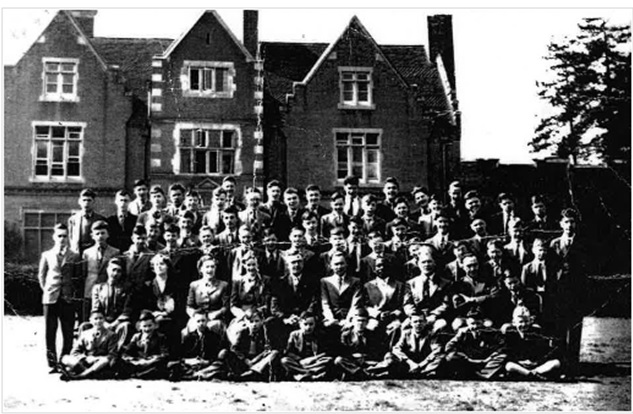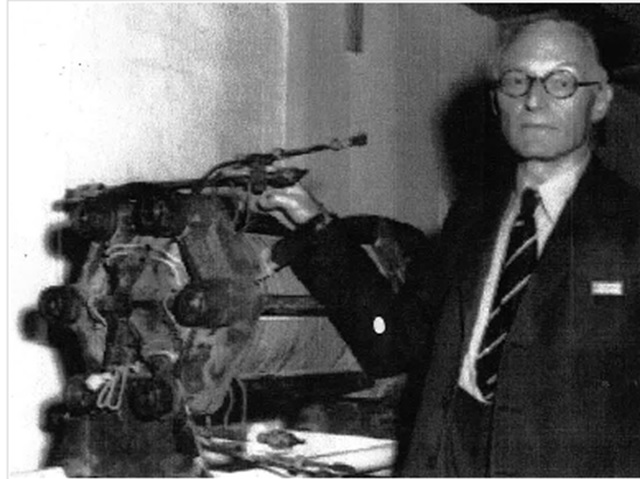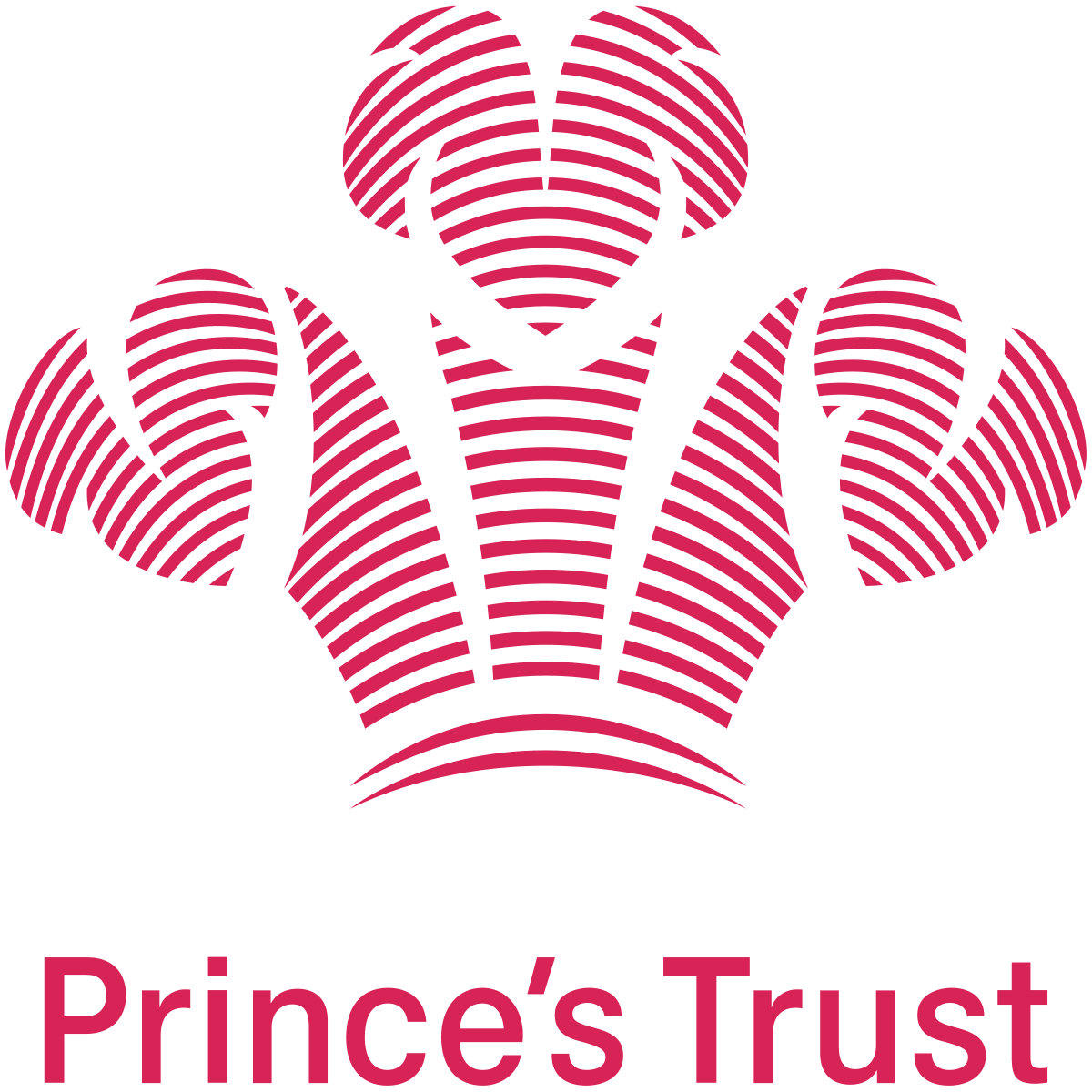Please see below the History of the building, Ramsden Hall.
Robert Woodgate owned Ramsden Hall from at least 1805 when he married a Miss Watkins in Greenwich. This was, as a minimum, a second marriage as his third daughter Frances married Mr J. Walker of Mile End in 1811! Another daughter, Elizabeth, married in 1835 but by then Robert Woodgate was dead - Elizabeth was described as being 'of Ramsden Hall'.
The exact sequence of Ramsden Hall owners is unclear but Frederick Francis owned the Hall at least in the 1870s and probably to the mid 1880s; his second son, Charles King Francis, went to Oxford and then became a lawyer. Later 'Squire' Batard was followed by the Rutherford family and in the mid 1880s the Hall was owned by J.S. Davies who had at least one son, Edward Fox St Aubrey Davies. The father and son both attended Cambridge University at different times.
By 1900 the Hall and estate (the estate was over a thousand acres, with approximately three hundred acres being woodland) was owned by the Bacon family. 'Squire' Bacon (who was educated at Eton College and Christ Church, Oxford University) wished to purchase Norsey Wood and run a private road through to Billericay but nothing came of the idea. This suggests the main entrance at that time was the road directly up from Norsey Wood; there are large brick pillars by the school's back entrance which supports this view.
On his arrival at Ramsden Hall Squire Bacon kept on all the old servants, including Edward Wood, the keeper; John Booth, the head gardener; old John Grimes, the coachman; and John Amos and his gang, who acted as estate men ... The Squire carried out great improvements on the estate. The old front lodge where John Booth lived was pulled down and a new one built. Many of the estate workers were rehoused in new cottages, and the Hall itself was enlarged and improved. Two adjoining cottages were built in 1909 at the corner of Goatsmoor Lane and Potash Road.
One can certainly see the new 'Bacon' entrance to the Hall (as the Bacon crest is above the exterior main door) and is still here today, and the Assembly Hall also was built at that time; the external downpipes for it clearly show the 1900 date.
Sir Francis Thomas Bacon was born at Ramsden Hall, Billericay, Essex on 21 December 1904. He was educated at Eton College, 1918-1922, specialising in science and winning the Moseley Physics Prize in 1922, and at Trinity College, Cambridge obtaining a third class in the Mechanical Sciences Trips in 1925. He served an apprenticeship at C.A. Parsons & Co. Ltd, Heaton Works, Newcastle upon Tyne, 1925-1928, subsequently working in the Searchlight Reflector and Research and Development Departments at Parsons, 1928-1940. It was while at Parsons in 1932 that he first came to appreciate the potential of the fuel cell and set himself the task of carrying out the practical engineering to prepare the way for it to be considered for commercial application. In 1940-1941 he started full-time work on the hydrogen-oxygen fuel cell at King's College London with the financial support of the consulting engineers Merz and McLellan. From 1941 to 1946 he was temporary experimental officer at H.M. Anti-Submarine Experimental Establishment, Fairlie, Ayrshire, working on ASDIC, the underwater submarine detection system.
In April 1918 the staff included Charles Cooper whose memories are the source of much of the history of the Bacon period. He records that once a year a tailor would come and measure so new uniforms could be made for the chauffeur, gamekeeper, footmen and hall boys.
The Hall was taken over by the military during World War Two (including the 127 Infantry Brigade in March 1941); Mr and Mrs Bacon moved to North Wales. Charles Cooper records an amazing incident.
That of the incendiary bomb which landed down the chimney of the billiard room in Ramsden Hall. The room was full of furniture which had been cleared from the rest of the Hall when the Army was billeted there, and it was locked and sealed. The bomb came down the chimney, which was quite a large one, and burned itself out in the grate.
By January 1946 the Hall and estate were sold 'and the farmers on the estate were given a chance to buy in their farms, which they all did. All the employees who lived in cottages were allowed to carry on rent free, and with a small pension for life' (6). Around 1956 part of the Estate (474 acres) was placed on sale again; it is not known why this happened.
It is unclear when the school began; we suspect more or less immediately after the war. We would appreciate any information about the school in this early period and about the photographs at the top and bottom of this column. In 1967 the school had fifty-eight students on the roll.







